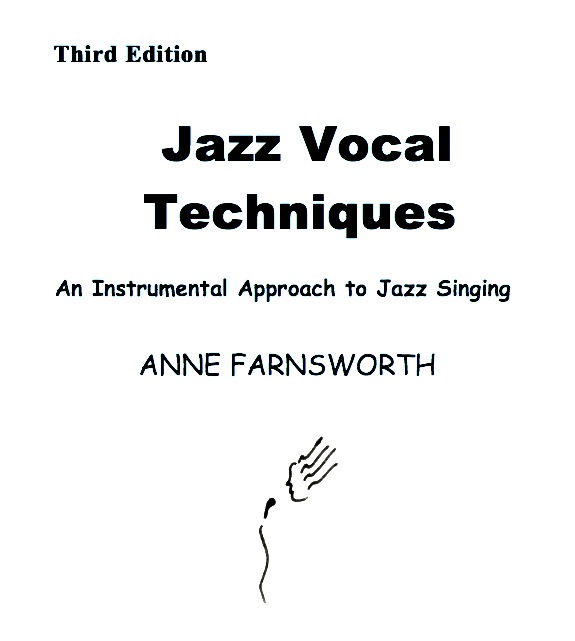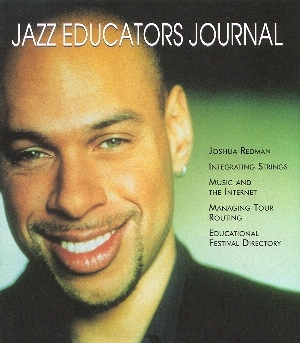
JAZZ VOCAL TECHNIQUES
Review From Jazz Educator's Journal:
This text is used for vocal jazz majors at the University of Southern California, where the author is an instructor. Although the copyright date says it was completed this year, there is ample evidence both that there have been many years of work preceding this edition and that it is still probably a work in progress. That is not to suggest that there are deficiencies or rough edges because the work feels very organic and, as a result, current. There is also a conversational style that runs through this book that makes it immediately accessible and user-friendly. In short, if you're a jazz singer who is looking for a text that reads as if you're having a private lesson, you are going to want this book for certain. As with many books we encounter, the author starts with a philosophical perspective: 'What is a jazz singer?' But within the next page, she has already traveled light years beyond many other like-minded books with her candor and directness. First she points out that '...singers are often not treated with the same level of respect that instrumentalists accord each other.' While helping the reader better understand how this could be, she also covers a number of other thorny issues and the need to become a proficient pianist top the list. The chapter continues to explore topics such as jazz rhythm and improvisation in a manner that reads more like a dialogue than a textbook. The next two chapters deal more with the theoretical and analytical aspects of jazz and are followed by a chapter titled 'Did You Bring Your Charts?' that provides a nice change of pace. Here, we depart from the theoretical and examine some real-life situations that cut a little deeper into the mystique of jazz singing. Farnsworth offers a number of scenarios with insightful backgrounds that help beginners better interpret what's actually happening on the bandstand. What's impressive here is that these examples have a strong ring of practical truth to them that allow you to feel the experience in advance. This book keeps bouncing back and forth between the technical and the practical in a manner that holds your attention and imagination. Although the author is right--this is an instrumental approach in many ways--I found the most fascinating material often related to the issues of singing. That is not to suggest that there are technical problems with the contents or different levels of enthusiasm displayed according to topic. It's simply that some of the technical material has been covered often for instrumentalist in the past, buy many of the issues concerning singing are discussed much less frequently in print. Although there are a few isolated moments where the book needs further development, its practical, no-nonsense approach is so appealing overall that you're likely to think of it as your 'Bible' if you're a jazz singer. Even if you're not, there are still enough useful tips about 'how to get the job' that easily justify picking up this useful text. |

| Read Chapter One | |||||
| Table of Contents | |||||
| PDF Download $13.95 | |||||
| 2 Pymt Options - Paypal or 2Checkout.com | |||||
|
|
![]() Copyright © 2013 JazzMediaPress.com
Copyright © 2013 JazzMediaPress.com